Clean and reliable running water in the home is a modern convenience that most people couldn’t live without. And while most people in America have access to running water, there are things you can do to guarantee the water in your home is safe for your family to drink, cook with, clean with, and bathe in.

Protecting Your Family
One problem with water is that it can harbor dangerous bacteria, provide a breeding ground for pathogens, and cause microbial growth around your house.
One of the most important things you can do to ensure the water in your house is pure and free of bacteria and pathogens is to install a whole-home filter for all the water coming into the house, or a point-of-use filter on the taps you use for drinking and cooking.
Another thing you can do is keep your drains clog-free, and your sinks, drains, and faucets clean, because dirty water around the sink, on the faucets, and in the drains can house dangerous bacteria like E. coli, staph, and salmonella.
Lastly, you can stop bacteria from breeding in your hot water by flushing out your hot water tank annually, as this removes sediment from the bottom of the tank that can allow bacteria to grow.
Staying Safe Around Water
One of the more obvious ways you can work to keep your family safe is by practicing good water safety, and that includes in the pool, in the tub, and around standing water.
Drowning is a huge hazard around pools and baths, but it only takes about an inch of water to pose a danger to infants and small children, which is why it’s so important that kids are taught water safety and supervised around water. Ways you can keep kids safe include:
Drain tubs and buckets as soon as the bath or cleaning is over
- Keep your full attention on kids in the pool and bath, and avoid all distractions while supervising
- Lock toilet lids
- Keep bathroom and laundry doors closed
- Make sure young and weak swimmers are always within arm’s reach
- Use the buddy system with older children in the pool
- Install fences and gates around the pool so children, adults, and animals can’t accidentally fall in
- Enroll children in swimming lessons as early as possible, and teach them about water safety, dangers, and survival
Keeping Your Home Safe From Unnecessary Wear
Along with keeping your drains, faucets, and water heater clean for the sake of your family’s health, it’s also important to maintain them for the longevity of the fixtures and appliances themselves.
Bacteria, microbes, pollutants, and other contaminants in the water can actually cause corrosion, rust, and damage to drains, pipes, faucets, and your hot water tank. By cleaning these items regularly, you’ll save yourself from having to replace fixtures and appliances before their time.
Nothing is more important than the health of your family, and it’s good to know that keeping your water safe and your home clean can contribute to their safety. For help with any of these steps, more information on flushing your water heater, or tips about the perfect filter for your West Covina, CA home, call 626-962-0885 today to speak with the experts at Daniel Cordova Plumbing, Drain & Sewer.

 Drain tubs and buckets as soon as the bath or cleaning is over
Drain tubs and buckets as soon as the bath or cleaning is over
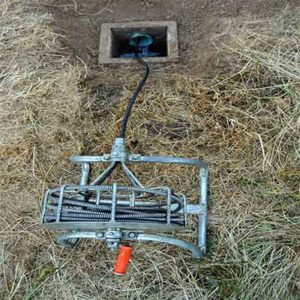 Snaking involves using a cable with an auger-like attachment on the end. The steps for snaking are as follows:
Snaking involves using a cable with an auger-like attachment on the end. The steps for snaking are as follows: In most cases, technicians will recommend
In most cases, technicians will recommend 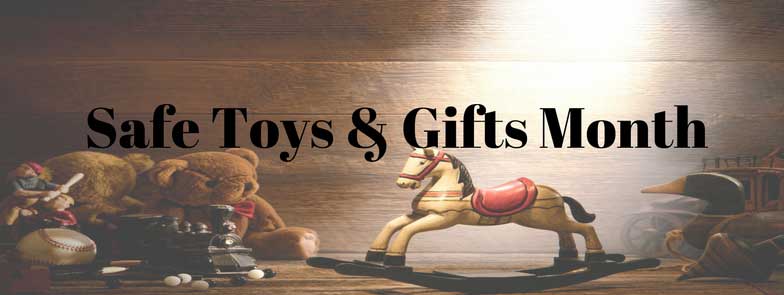
 A shocking statistic is that children under the age of four accounts for most toy-related choking deaths. When shopping for toys for young children, carefully
A shocking statistic is that children under the age of four accounts for most toy-related choking deaths. When shopping for toys for young children, carefully 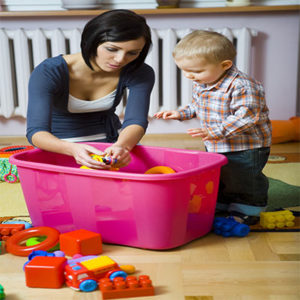 Art supplies for kids should have the following label on them for toy safety. It should read ASTM F963. This means it has been tested for toxic material and listed on label.
Art supplies for kids should have the following label on them for toy safety. It should read ASTM F963. This means it has been tested for toxic material and listed on label.
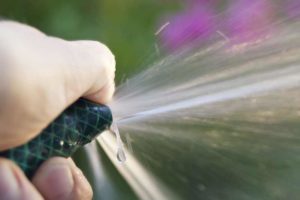 The first step is to
The first step is to 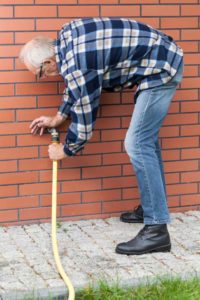 is leaking, it can easily be resolved by removing the compromised section of hose with a pair of garden shears. Then, head to your local hardware store and pick up a hose repair kit, and use the included clamps and coupler provided in the kit to reattach the sections of hose.
is leaking, it can easily be resolved by removing the compromised section of hose with a pair of garden shears. Then, head to your local hardware store and pick up a hose repair kit, and use the included clamps and coupler provided in the kit to reattach the sections of hose.